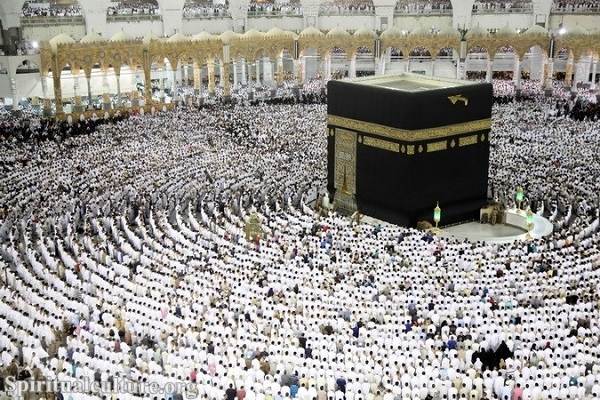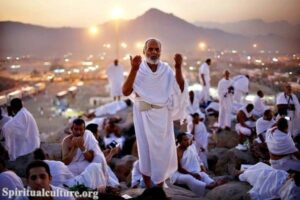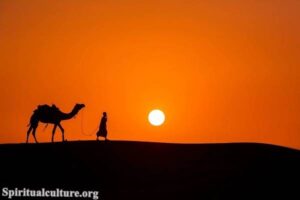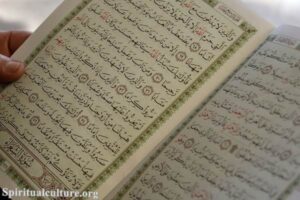The Hajj pilgrimage is one of the five pillars of Islam and is considered a religious duty that must be performed at least once in a lifetime by every able-bodied Muslim who can afford it. The Hajj takes place in the Islamic month of Dhu al-Hijjah and attracts millions of Muslims from all over the world.

The Hajj consists of several rituals that are performed over the course of several days. The main rituals include:
- Ihram: This involves wearing special white garments that symbolize purity and equality. Men wear two unstitched sheets, while women wear simple white dresses.
- Tawaf: This involves seven counterclockwise circumambulations around the Kaaba, a cube-shaped building in the center of the Grand Mosque in Mecca. The Kaaba is considered the holiest site in Islam and is considered the spiritual center of the Muslim world.
- Sa’i: This involves walking seven times back and forth between the hills of Safa and Marwa, located near the Kaaba.
- Mina: This is a camp near Mecca where pilgrims spend the night. On the first day of the Hajj, they throw stones at three pillars symbolizing the rejection of evil.
- Arafat: This involves standing in prayer on the plains of Mount Arafat, a few miles east of Mecca. The Day of Arafat is considered the most important day of the Hajj and is a time for reflection, repentance, and seeking forgiveness.
- Muzdalifah: This is an open plain near Arafat where pilgrims spend the night after the Day of Arafat.
- Eid al-Adha: This is a holiday that marks the end of the Hajj. It is a time of celebration, sacrifice, and feast.
In addition to these main rituals, there are several other minor rituals associated with the Hajj, including the slaughter of an animal (such as a sheep or goat) in honor of Abraham’s willingness to sacrifice his son Ishmael, as well as visits to other holy sites in Mecca, such as the Well of Zamzam and the Cave of Hira.
The Hajj is an important event in the Islamic calendar and has a rich history dating back to the time of the Prophet Muhammad. It is seen as a symbol of unity among Muslims, as people from different backgrounds, cultures, and nationalities come together to perform the same rites. The Hajj is also seen as an opportunity for spiritual renewal and growth, as well as a time to demonstrate devotion to God and reaffirm one’s connection to the global Muslim community.



